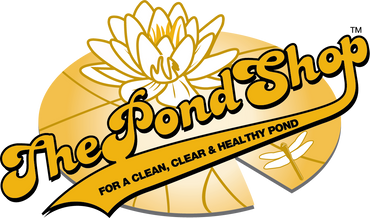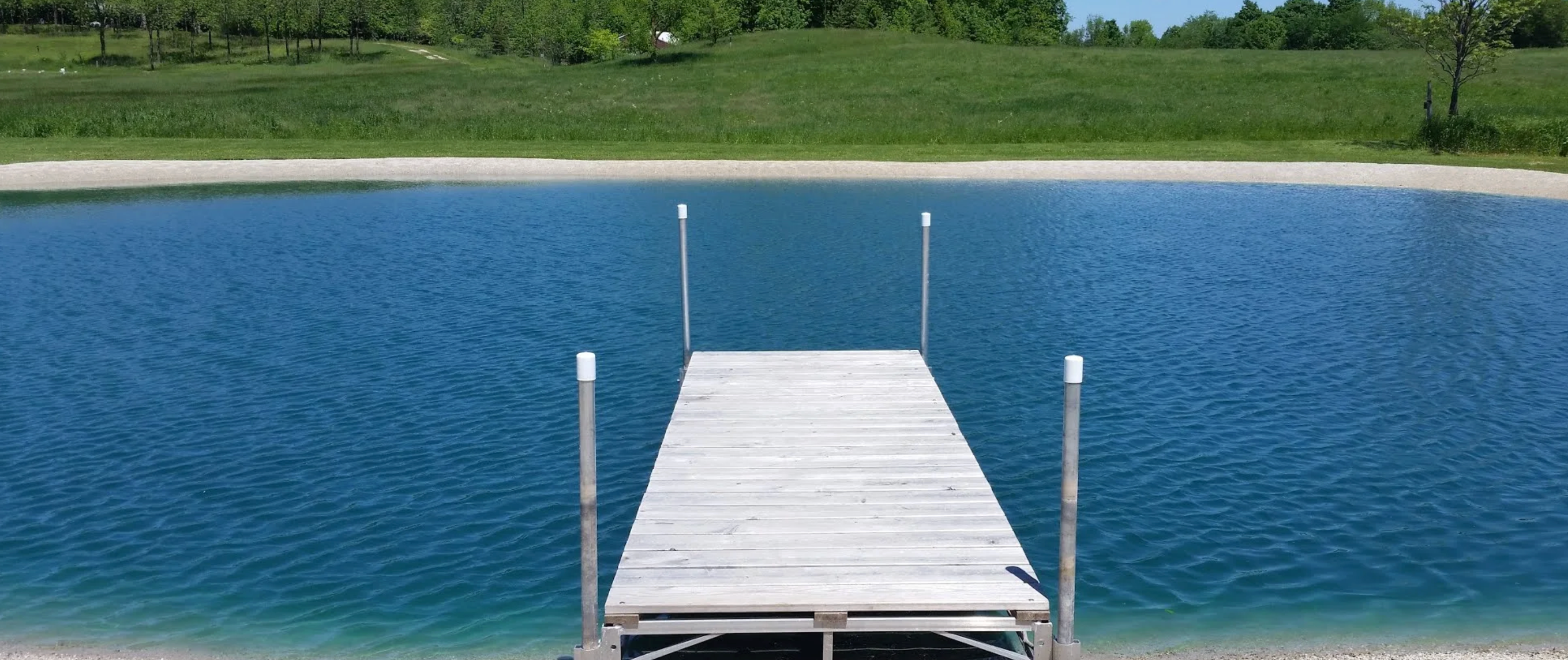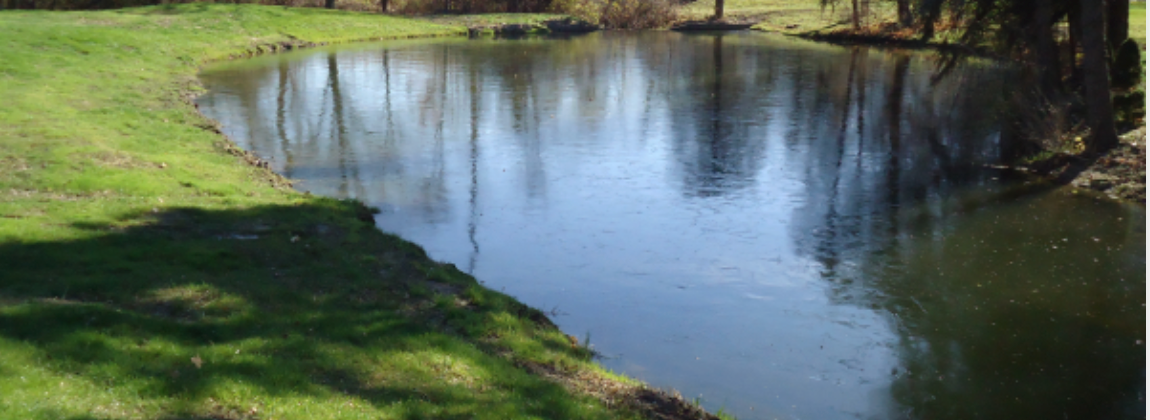Bladderwort

There are many species of bladderworts, the common bladderwort is a native of the Northern Hemisphere and grows in all fifty states. This free-floating plant has no roots and can be found floating at or below the water surface, or trailing along the bottom of lakes, ponds, slow-moving streams and wetlands up to 6 feet deep. Leaves are alternate and ¾ to 2 inches long, with 1 or 2 main divisions from the base, each with alternate branches. Small reddish bladders extend from leaf filament axis. Leaves are mostly submerged though it can grow above the waterline in wet muck. Underwater stems are green to reddish and produce turions (vegetative buds). Stems are up to 8-inches long, few-branched, and often zigzag between the alternate leaves. Flowering stems have few widely spaced, scale-like leaves. All parts of the plant are smooth. Up to 20 bright yellow ½ to ¾-inch snapdragon-like flowers grow at the top of a stout reddish-green stem, emerging up to 8-inches above the waterline. Bladderworts are carnivorous plants. The bladders are used to capture small aquatic organisms that provide the plant with nutrients. Bladderwort plants offer shade and habitat to fish and insects, as well as being a food source to wildlife. Common Bladderwort often can grow into extensive, dense colonies that hinder swimming, boating, and other recreational activities.
Prevention
Bladderwort species are aquatic perennials that propagate primarily from stem fragments. Flowers followed by fruit are borne in mid-summer, and winter buds are produced on the submerged stems toward the end of the growing season. When the water warms up in the spring, winter buds inflate with air and float to the surface where new growth begins. The best way to prevent bladderwort propagation is to begin control as soon as the new spring-grow appears.
Biological Control
Beneficial bacteria products and enzymes such as PZ900 feed on nutrients in the water making them unavailable for plant growth. Reducing nutrients can help prevent invasion.
Physical/Mechanical Control
Physical control of bladderwort is usually accomplished by raking the plants off the pond and then disposing of plant material away from the pond so that the wind or runoff cannot transport it back into the water column. Physical removal along with chemical control and a reduction of nutrients entering the pond will maximize success.
Dyes and colorants reduce aquatic plant growth by limiting sunlight penetration and reducing photosynthesis. Pond dyes have been helpful in preventing bladderwort proliferation.
Aeration has also been used as a mechanical approach to hinder bladderwort proliferation. Bladderwort prefers to grow in slow-moving water. Aerators will create current patterns in the water body disrupting their growth. Furthermore, the added oxygen will accelerate the decomposition process of nutrients that feed pondweeds and algae during the summer months.
Chemical Control
When used carefully according to the label instruction, aquatic herbicides can be safe and effective management tools. The products that have been successful in treating Bladderwort are Sonar AS, Sonar RTU, Reward, and Weedtrine D. A nonionic surfactant Cygnet Plus should be mixed in solution with herbicides when plants are treated.
Sonar A.S. is a long-acting systemic herbicide ideal for water bodies with minimal flow. Simply mix Sonar A.S. with water and spray throughout the surface of the water or pour in different spots around the pond. Sonar A.S. does not have water use restrictions.
Sonar RTU is a long-acting, systemic, easy to use herbicide. Sonar RTU does not require mixing, simply open the bottle and treat from the shoreline.
Reward is a registered diquat label for aquatic use. This contact algaecide and herbicide quickly and effectively kills bladderwort.
Weedtrine D is a contact, non-volatile herbicide for use in controlling submersed and floating aquatics weeds. Weedtrine-D has rapid absorption and herbicide action.
Cygnet Plus is a nonionic wetting agent, sticker, activator, and penetrant all in one. Cygnet Plus Increases the effectiveness of herbicides uptake into the plant tissue.



